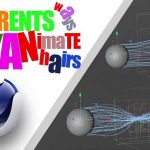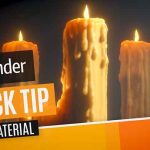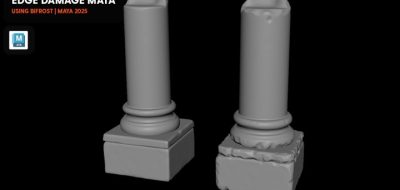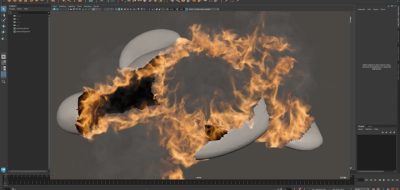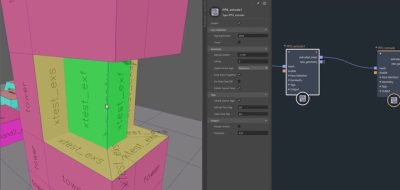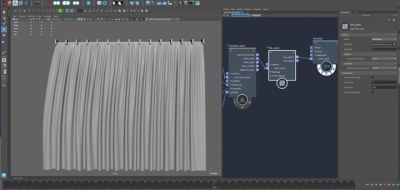Marcus Nordenstam shows how you can create disintegration effects using Maya’s Bifrost.
Bifrost, like it’s predecessors, is a visual programming language. The Bifrost Graph allows you to create complex visual effects with nodes, letting artists string together “compounds.” While everyone can quickly identify the power behind Bifrost, not everyone finds that type of workflow easy. Luckily there are lots of “getting started” and “non-programmer” types of tutorials out there. If you are keeping score, you can add another to your list. This new Bifrost Visual Programming Masterclass teaches us how to use Bifrost visual programming to create a disintegration effect.
The Foundations of Visual Programming With Bifrost.
Bifrost Product Manager Marcus Nordenstam hosts the Masterclass. “The focus of the masterclass is visual programming, and while sections of the video are technical, the concepts should be familiar to most 3d generalists.” Nordenstam hopes that motivated Maya artists can use this information as a stepping-stone to go beyond Maya’s built-in restrictions and achieve whatever purpose they desire.
Note that this masterclass assumes you are using Bifrost 2.1.0.0 or later and requires compounds from the “Rebel Pack,” separately downloadable from Bifrost.
Useful concepts covered or discussed in this masterclass:
- Understanding and working with 3d mesh and point geometry in Bifrost, including UV coordinates and animated geometry
- Creating and working with user-defined per-point and per-face properties
- Creating custom topology editing operations (such as making all faces of a mesh disjoint/detached)
- Creating point clouds and meshes from scratch
- Doing closest point queries (point-cloud lookups)
- Creating custom compounds like points-inside-convex-mesh or bounding-box-from-point-cloud
- Create custom particle solvers
- Transporting (advecting) particles with aero sims
- Attribute (property) transfer
- Using noise and randomization
- Visualizing point property values and point-cloud lookups
- Techniques for troubleshooting your graphs and compounds

